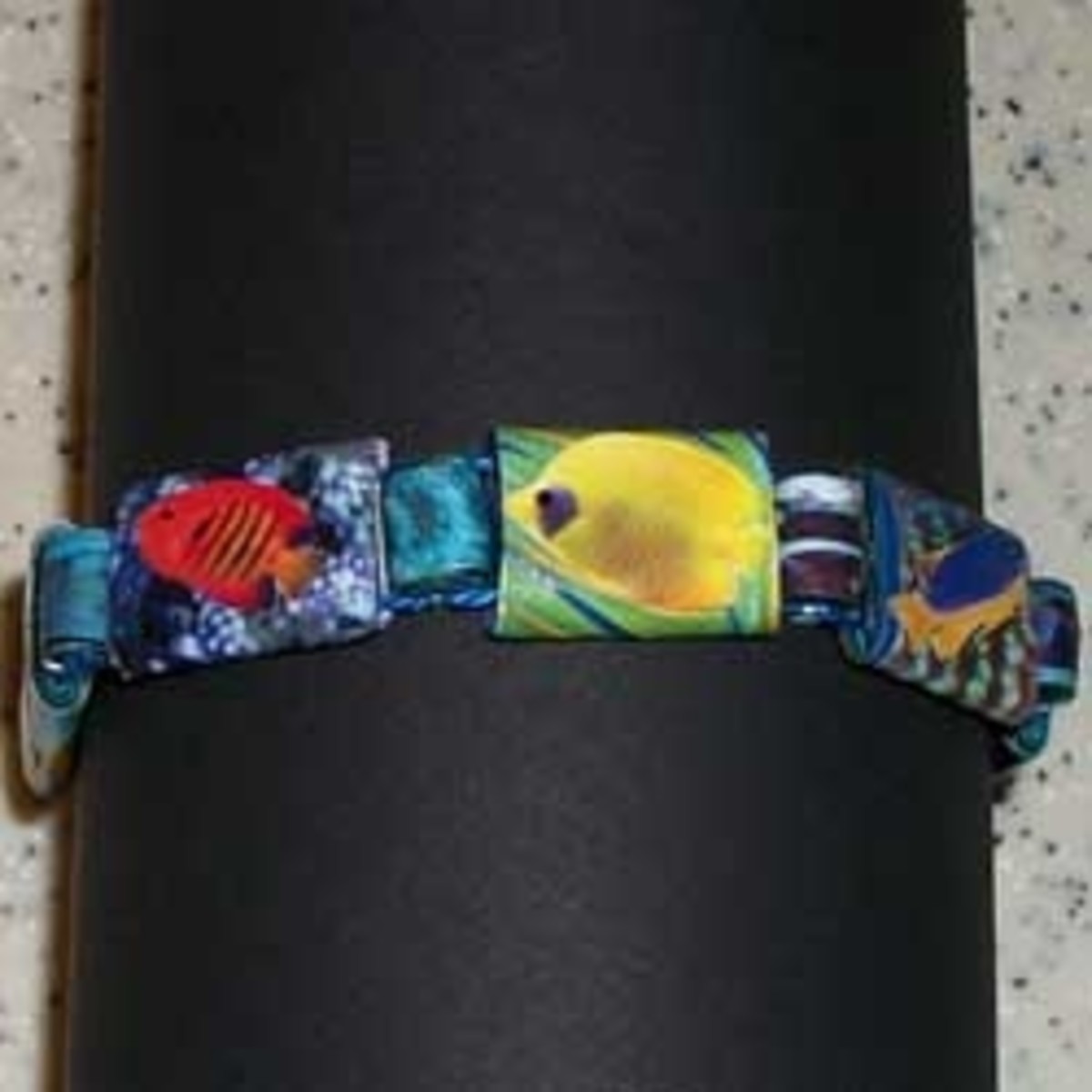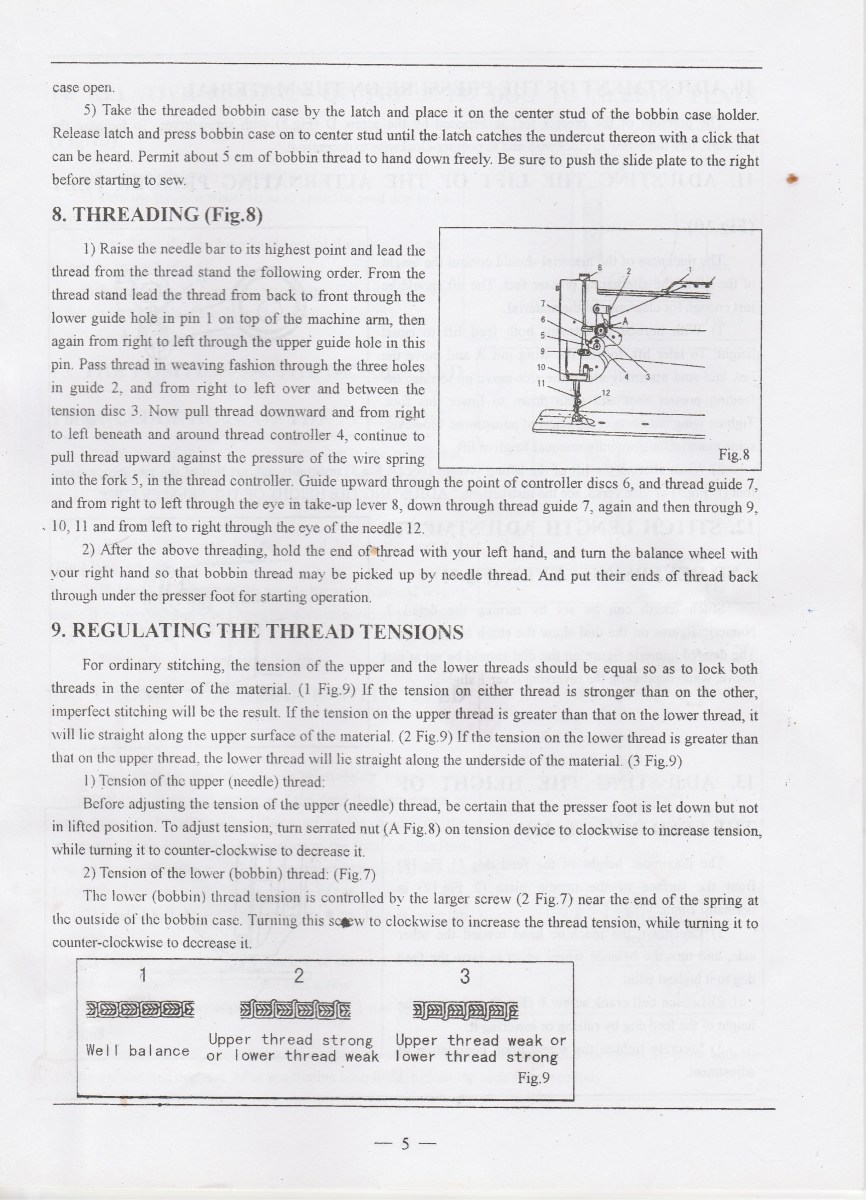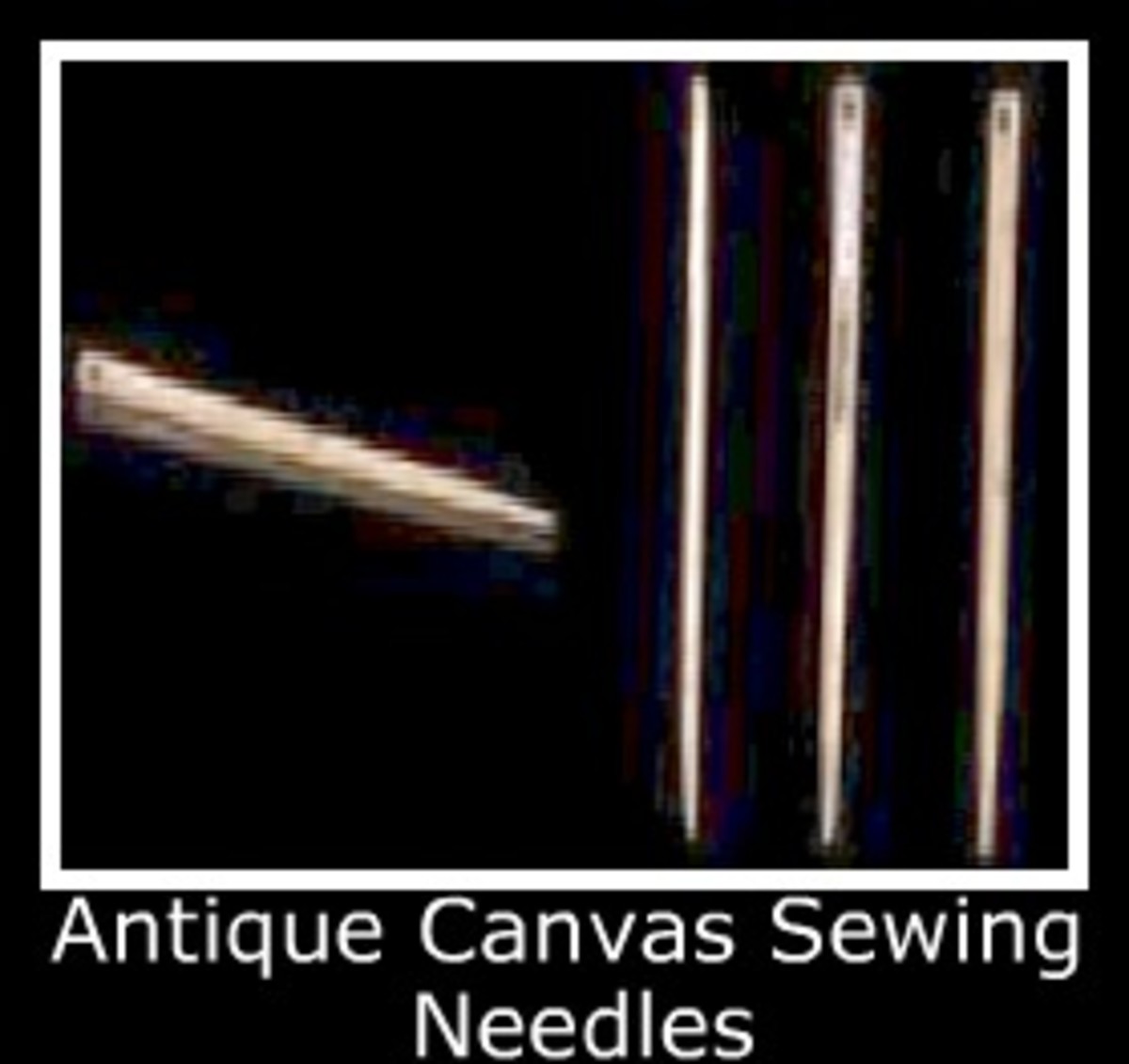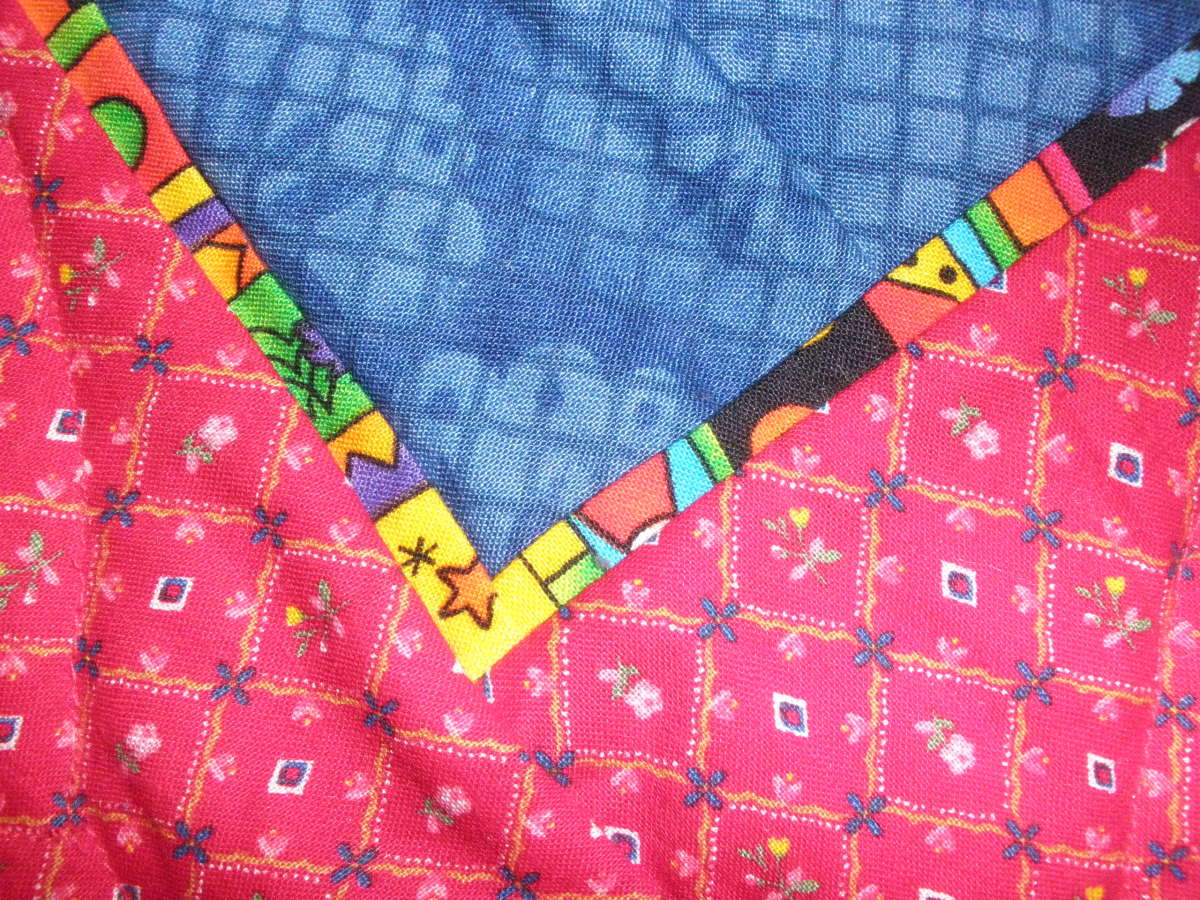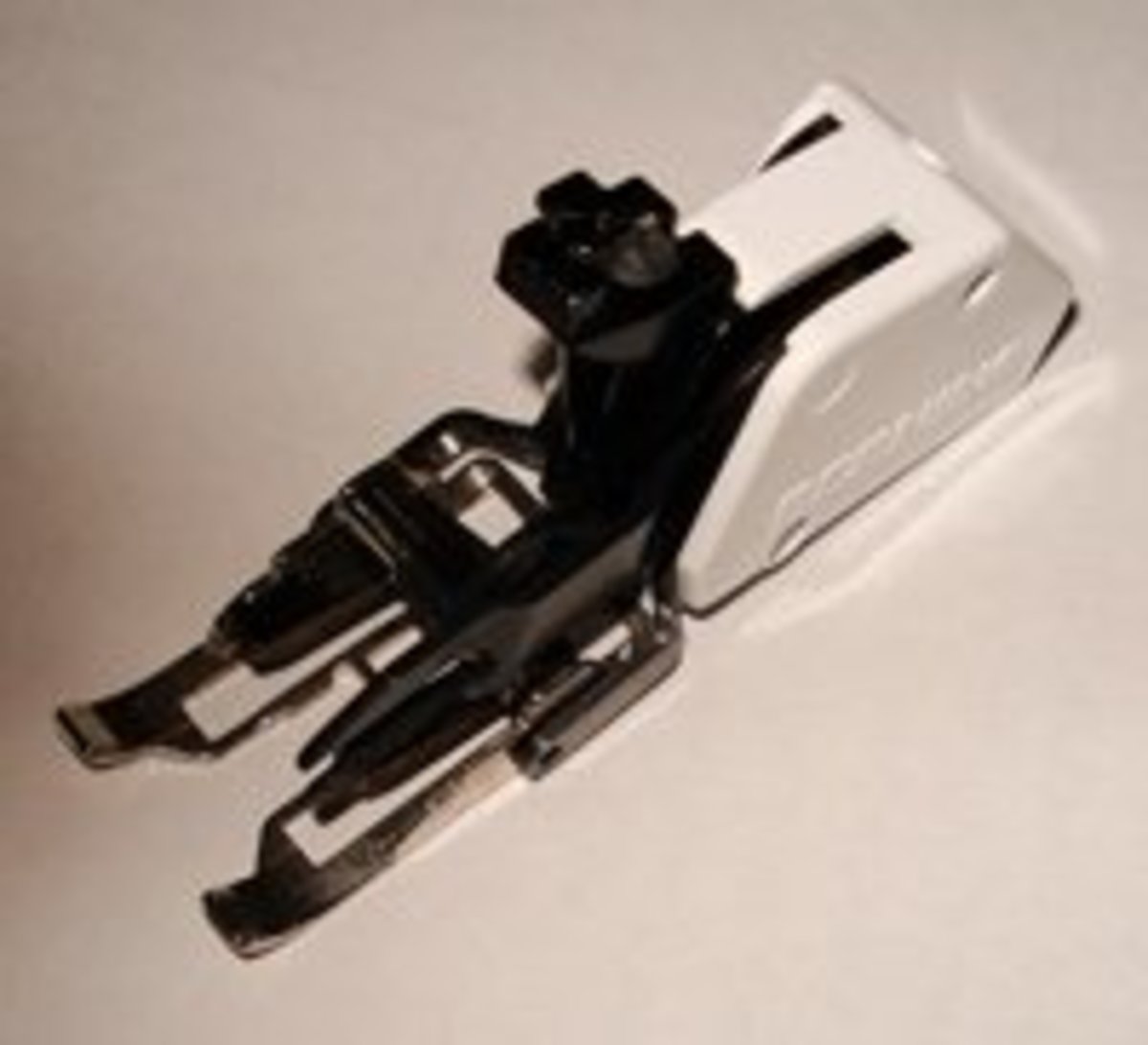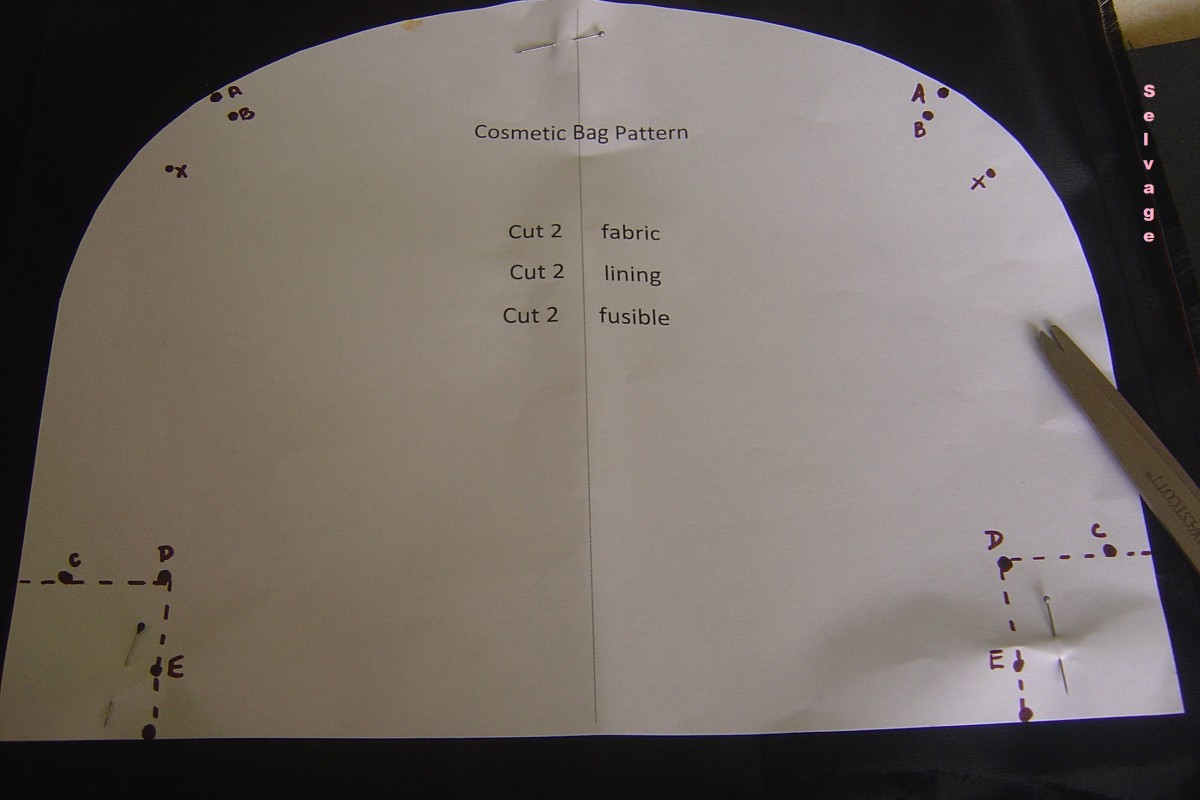Little things to include in your basic sewing kit.
This would make a great giftie to a college student.
'A Stitch in Time Saves Nine', ever heard that from someone? Ever wondered what it meant? I wondered for the longest time before I started repairing my own clothes and then the light bulb went on. As usual, the faster you fix something the less time and aggravation it will take you.
But, in order to make those repairs you really need to have the basics of a sewing kit. Oddly enough a sewing kit is more than just needle, thread and a pair of scissors. I've seen the kits that are offered in the sewing and craft stores and while they are the bare bones of what you need for a kit the quality didn't look all that great to me. And repairing garments with second rate supplies means you'll be repairing them again before too long. And if the kits are more than the bare bones then it's 130 pieces, most of which you'll never use. Assembling your own kit ensures you've got some quality supplies on hand and just what you need for the repairs.
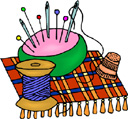
You don't need to have a big box of stuff but here's what I recommend that you should start with. You can add to it as you find you need different items for various repair jobs.
1. a small packet of needles - unless you are repairing something or doing embroidery on a regular basis getting any packet larger than 10 needles is overkill.
2. a needle threader - I'm finding as my eyes get older these come in really handy
3. a tape measure - I have one of those retractable ones that is in the small circle holder. Doesn't take up much room and ever so handy.
4. a container of straight pins - no, you can't hold something in place and sew/iron/measure it at the same time. Holding things in place is just what straight pins are good at.
5. a pair of small, sharp scissors - no, not the pair that you picked up from the dollar store. Go into a sewing or craft store and invest in a good, sharp pair of scissors. Your hand will thank you.
6. black thread - great for dark clothes.
7. white thread - great for light clothes.
8. plastic, colorless, invisible thread - great for all the rest of the clothes.
9. assorted buttons - remember those extra buttons and sometimes thread that come with the new garments that you buy? Get into the habit of putting them with your sewing kit when you bring your garment home. That way you always know where they are when you need them.
10. iron-on patches - these are a quick way to fix some repairs, just remember that anything that you iron on will be affected by any heat applied in the future. Take the time to hand stitch around any iron-on patches you use to prevent aggravation at a later date.
11. iron-on tape - a different form for that same quick fix.
12. a thimble - if you've every stuck yourself with a needle or pin you don't need to ask why. These are designed to help you push the needle carrying the thread through the fabric, very useful that. I've only ever used the metal ones and am happy with them, a friend swears by the leather ones.
13. safety pins - 'cause sometimes you just have to 'pin it now so I can fix it later'. Also useful for pulling draw cords through the casing if they ever become undone.
14. container - this can be as simple as a ziploc bag or a fancy sewing box from the craft store, depending upon your tastes. I started out with a cookie tin I picked up from the thrift store for fifty cents.
OK, those are my recommended basics for a sewing kit. Those can all be assembled for approximately less than $ 15.00 and kept in the linen closet until needed. If you find that repairing your clothes makes sense to you, saving money, avoiding wardrobe malfunctions and aggravations and keeping garments neat and tidy, you'll prolly pick up more items that are useful. Here's my recommendations for the advanced list.
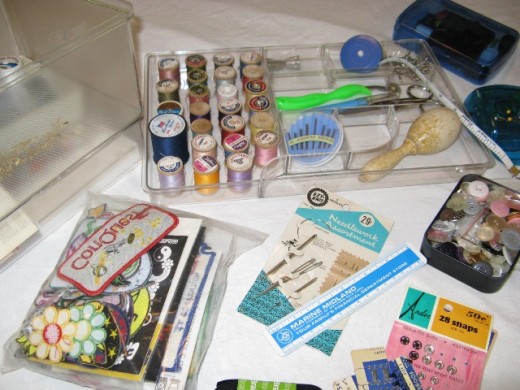
1. seam ripper - this item is for taking garments apart or getting thread out of fabric that it's embedded into, really useful to have if you need to replace a zipper.
2. assorted thread colors - I picked up at a craft store a 20 spool assortment of colors for not a lot of money. Now there wasn't a lot of thread on the spools, they were all tiny but having that assortment of colors available helped with quite a few repairs. And I didn't have to spend the money on the big spools or store the big spools either.
3. more assorted buttons - when I decide that a garment has had a good life and that it can't be sent off to the charity bin due to it's condition I cut the buttons off of it if I'm running low. An early form of recycling that is still a good habit to have today. I have mine in a small tin, when the tin starts to overflow with buttons, they get sorted and donated to the charity bin.
4. decorative iron-on or sew on patches - no reason why a patch can't add to the decoration of the garment it's repairing. Just don't go overboard, I kept seeing patches that I liked and would pick them up but wasn't using them. I wound up giving a lot of them away when I discovered I had accumulated almost 40 of them.
5. pincushion - these cute little pillows make it so easy to use the straight pins while you're working on something. All the pin heads are sticking up so you just grab one when you need it and push it back in when you're done. You don't have to worry about dumping a container of pins or wrestle with a magnetic holder which can offer you the pointy end as often as the capped top.
6. seam gauge - this is a flat ruler with an adjustable slide marker in the middle. It's used for placement of buttons, marking the hem length, anything where you need a short, flat ruler for and the flexible tape measure won't work.
7. hooks and eyes - 'cause sometimes a garment just needs a little help and a hook and eye attached strategically can prevent unwanted gaps.
8. snaps - a small assortment of snaps for the same reason you have buttons and hooks and eyes.
9. Fray Check - this is basically fabric glue for those places and fabric that insist on fraying and leaving loose ends flapping in the breeze. Fray check is washable and can usually be dissolved, if needed, with rubbing alcohol.
That's the list. If you have someone that is moving out on their own, going to college or moving into their first home use this list to assemble a kit for them. A highly useful gift that they'll thank you for each time they use it.

